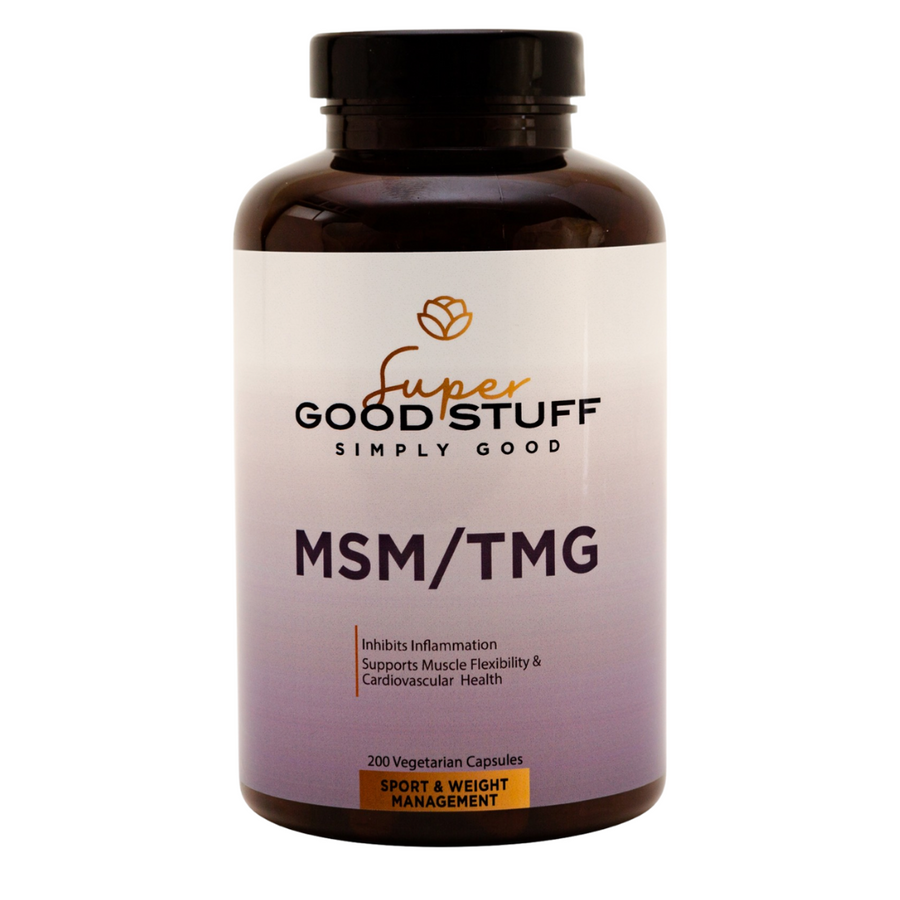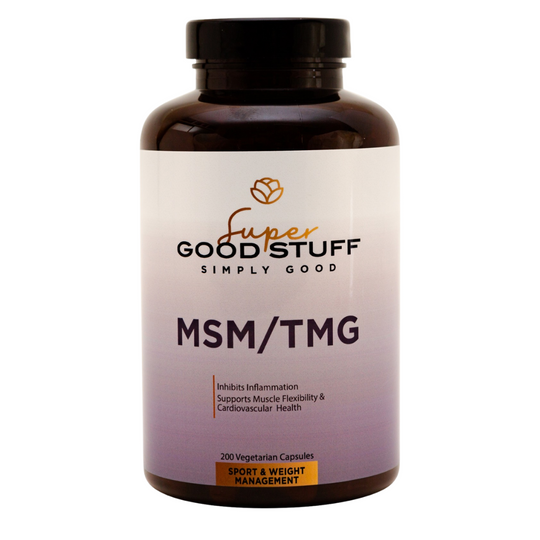Almond Milk: The “Cream” of the Crop

Breaking news, health fans and coffee-drinkers alike: after over 96,000 requests for it, Starbucks is now carrying almond milk! This will be the third non-dairy alternative to make the coffee line’s menu, falling in after soy milk, which was added in 2004, and coconut milk, which was added early last year. The decision must have been pretty simple from an economic standpoint, considering how non-dairy milks have taken the market by storm, according to a study done by Texas A&M University. Almond milk actually now even out-sells soy and rice milk.
What makes almond milk so big, though, and why are people everywhere buying more and more of it? Well, while the benefits of almond milk really depend on you, and what you are aiming for in your diet, unsweetened almond milk is significantly lower in calories and in carbs than whole milk, or any of its variations (1%, 2%,and skim). There are higher levels of vitamins A, D, E, and B12 in almond milk, though there are lower levels of protein per glass. It’s also lactose-free, cholesterol-free, and a good alternative for people with diabetes, heart problems, and gluten sensitivities. Almond milk also has the extra punch of healthy mono- and polysaturated fats, or “good fats,” setting it apart from regular milk with its abundance of saturated fat.
On top of giving your heart a break, almond milk also helps reduce acne problems in people who might be plagued by them. Dr. Joel Schlessinger says that this is due to an abundance of hormones in regular milk, and that a similar effect cannot be achieved with soy milk because it possesses a different hormone. However, please be warned that this is not necessarily a good substitute for young children, especially babies, who do not have any dairy allergies, as it can lead to malnutrition issues.







